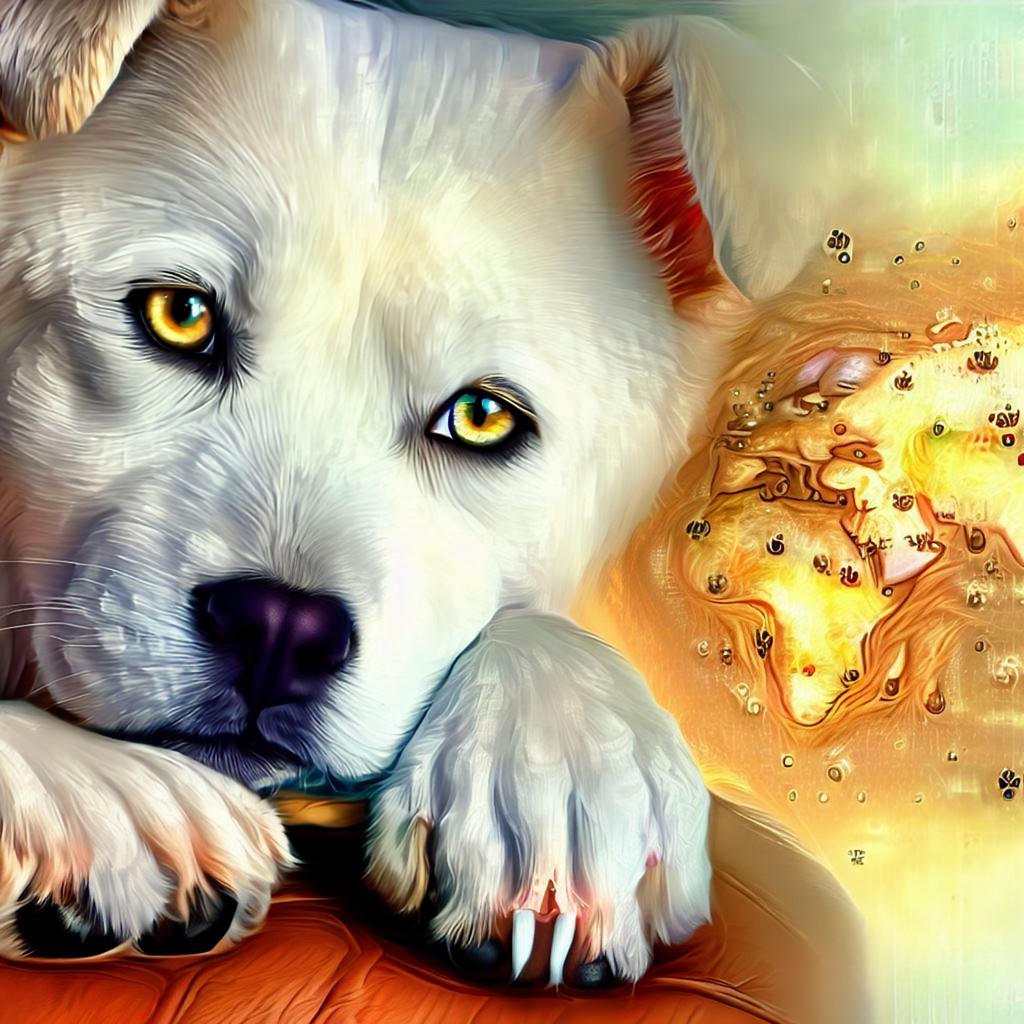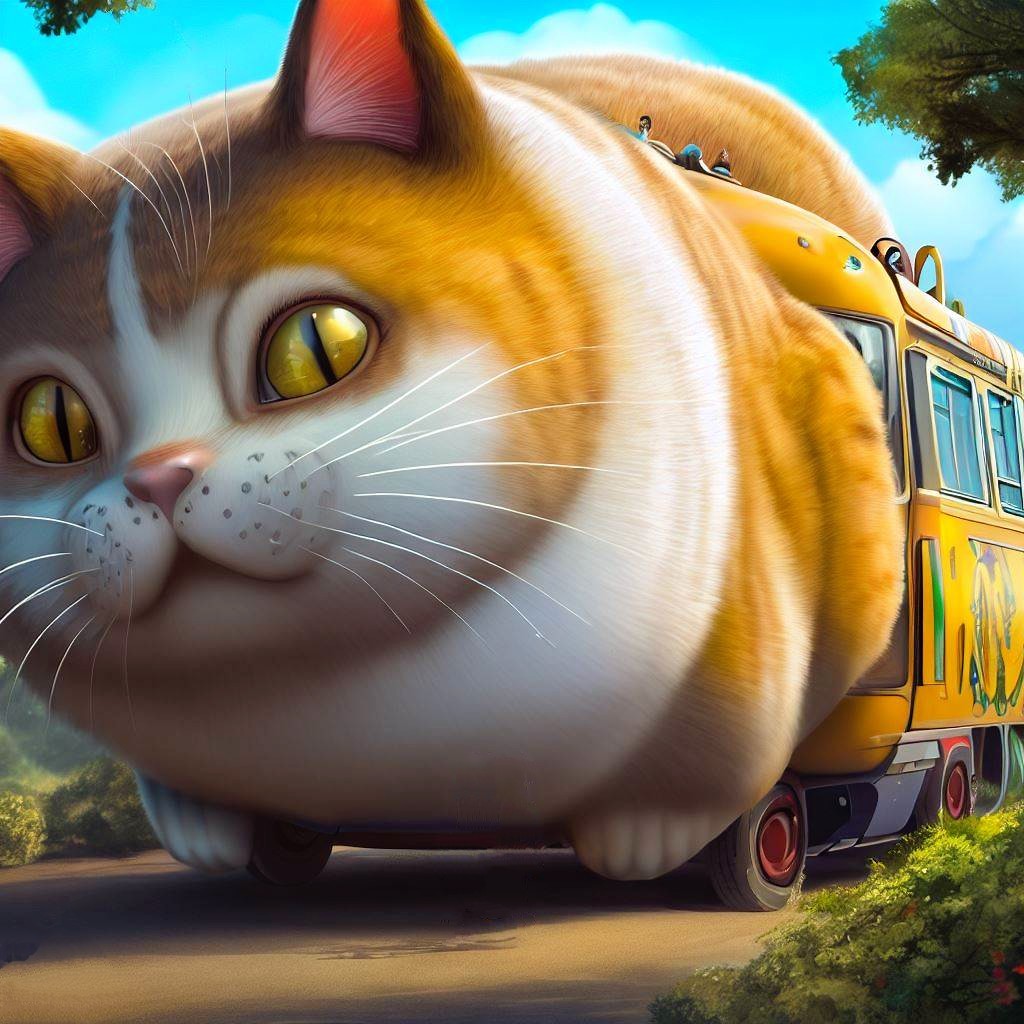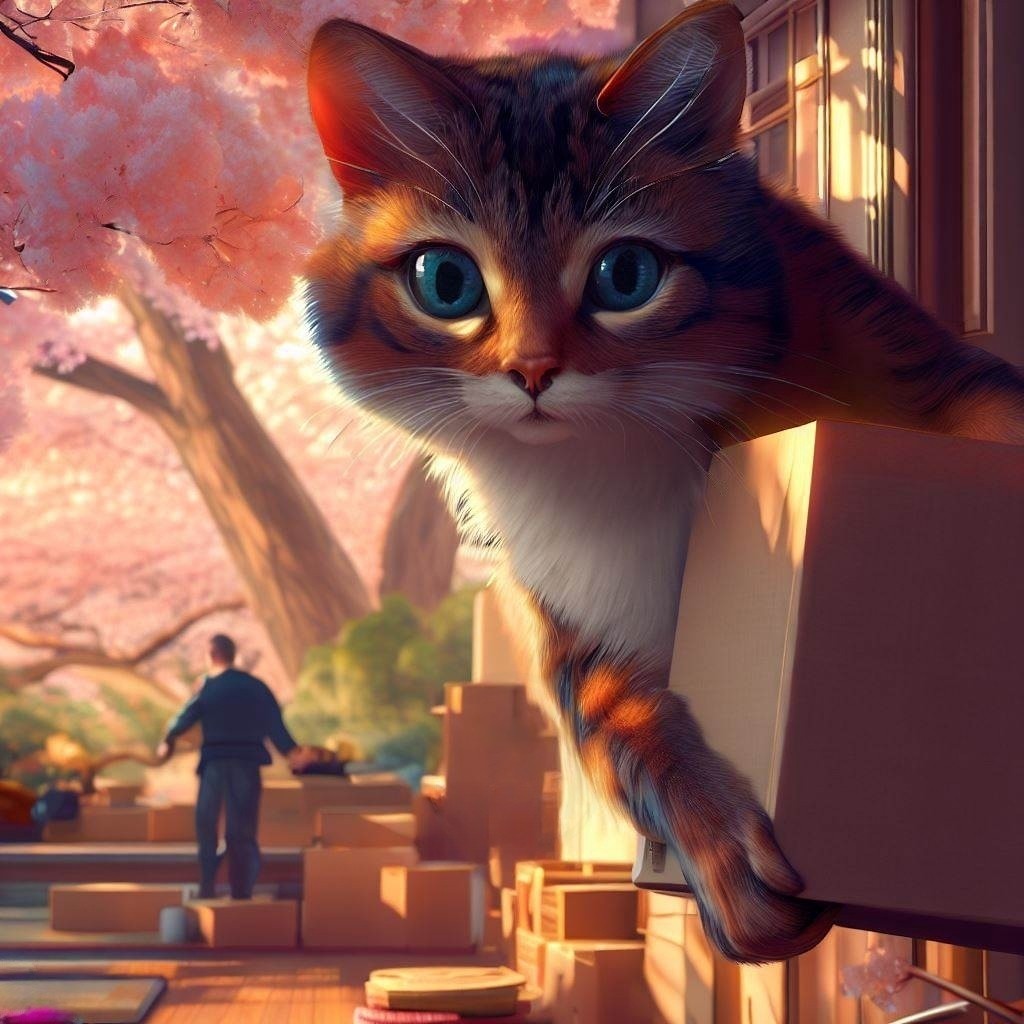We’ve often heard the saying, “Dogs have owners; cats have staff.” This humorous comparison encapsulates the general perception of canine and feline behavior. Dogs are seen as loyal companions, eager to please their owners, while cats are often characterized as aloof, independent, and a tad entitled. But are these behaviors universal, or do they change with the culture and environment they inhabit? The following exploration delves into the fascinating world of canine and feline behavior in different cultures, bringing us a step closer to understanding our four-legged companions better.
In the grand theater of human existence, happiness has played a leading role in the narrative of our lives. It’s the elusive protagonist that we continually chase, hoping to grasp its essence and make it a permanent part of our story. Yet, this pursuit is not one-size-fits-all – it is as diverse and varied as the cultures that shape our world. The concept of happiness, a subjective construct in itself, takes on different hues across the canvas of human societies. From the individualistic triumphs in the West to the harmony-laden Eastern philosophies, from the warm coziness of Danish ‘hygge’ to the community-centric African Ubuntu, happiness unfurls its spectrum in fascinating ways.
Amidst this vibrant array of perspectives, there exists a universal source of joy, a common denominator of delight that is oblivious to geographical boundaries and cultural differentiations – our pets. The wagging tail of a dog, the rhythmic purr of a cat, or the chirpy tunes of a pet bird, they all speak the universal language of happiness. As we delve into the exploration of cultural happiness and how our pets help us tune into it, we unravel the tapestry of shared emotions and experiences that bind us all.
Picture this: a gigantic, grinning cat with a hollow body, ready to transport you anywhere your heart desires. If you’re familiar with the enchanting world of Studio Ghibli’s “My Neighbor Totoro,” you’re no stranger to the iconic Cat Bus. But what is the deeper meaning behind this fantastical feline vehicle? Hop on board as we unravel the cultural symbolism and significance of the Cat Bus in this beloved animated classic.
Dogs have been cherished companions and faithful allies throughout human history, and nowhere is this bond more evident than in the diverse and vibrant dog cultures of Europe. Join us as we embark on a journey to explore the unique traditions, breeds, and stories that celebrate the unbreakable bond between humans and their canine companions across the European continent.
Cats have long captivated the hearts of humans, but the dawn of the digital age has propelled our feline friends to new heights of popularity. From adorable videos and pictures to hilarious memes and social media stars, cats have become a cornerstone of internet culture. In this post, we’ll delve into the reasons behind this phenomenon and explore the many ways in which cats have claimed their rightful place as digital royalty.
Japan has long been known for its love of cats, and the feline fascination extends beyond the visual realm into the very heart of the Japanese language. In this post, we’ll explore how Japan’s passion for our furry companions is interwoven into the culture’s language and expressions, painting a vibrant picture of the nation’s enduring adoration for cats.
When it comes to celebrating the adorable and enigmatic creatures that are cats, Japan is undoubtedly at the forefront. In this land where love for felines runs deep, a special day has been set aside to honor their whiskered companions: Neko no Hi, or Cat Day. Join us as we explore the history, traditions, and fascinating facts surrounding this charming and heartwarming celebration.
Let us embark on a whisker-twirling adventure to the Land of the Rising Sun, where we will uncover the story of the Japanese Bobtail – a beloved feline that has captured the hearts of many. This enigmatic cat is not only cherished for its beauty and charm but also revered for its cultural and historical significance. With its short, bunny-like tail and striking features, the Japanese Bobtail is a living testament to the deep-rooted bond between humans and animals.
Japan’s bustling urban landscapes are dotted with an enchanting phenomenon that has captured the hearts of both locals and tourists alike: cat cafés. These cozy havens, where patrons can enjoy a warm beverage while basking in the company of adorable feline residents, have become an integral part of the nation’s unique cultural landscape. In this post, we explore the origins, significance, and irresistible allure of these feline-friendly spaces, which have now spread beyond Japan to delight cat lovers around the globe.
Welcome, fellow cat enthusiasts, to a magical journey exploring Japan’s rich cultural history of feline adoration! From ancient times to modern day, cats have been cherished as pets, protectors, and symbols of good fortune in Japan. Today, we’ll follow the paw prints of these whiskered wonders through art, pop culture, and spiritual beliefs, unraveling the timeless allure that has captured the hearts of millions.









